Amazing Discovery
His flashlight illuminated piles of sand that hadn’t seen the light of day in thousands of years.
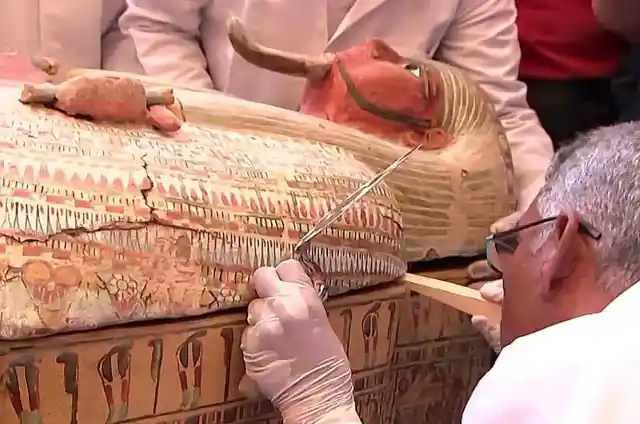
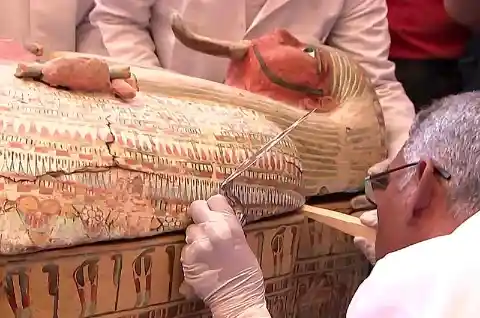
His hopes had already been set pretty high but seeing what lay before him ... it turned him frozen and speechless. A pair of painted eye and blank face stared back at him.
Dream Job
For Zahi Hawass, he was living an archaeologist’s dream. It was truly an honor.
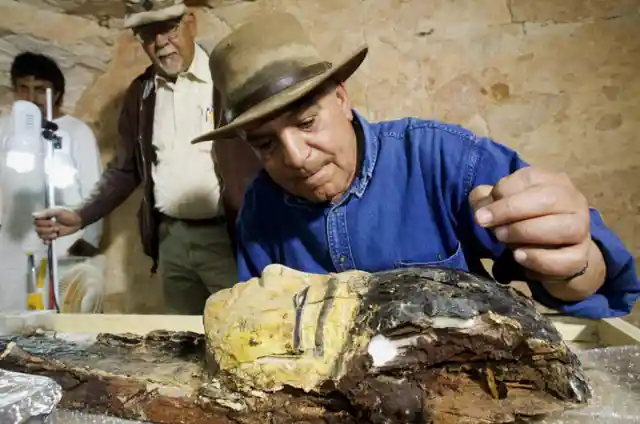
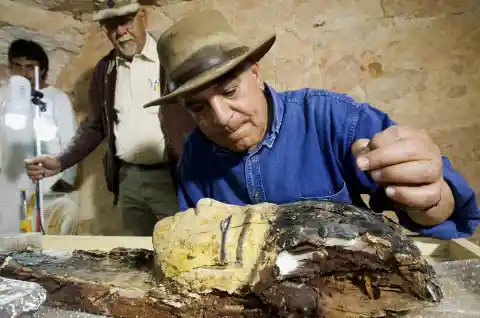
Most professionals could go years, or their entire careers without being part of a monumental dig, but Zahi had been leading a team of talented people since 2010 – and in a very interesting location.
Wonderous Sights
Ask anyone around the world and they probably would have heard about the Valley of Kings.
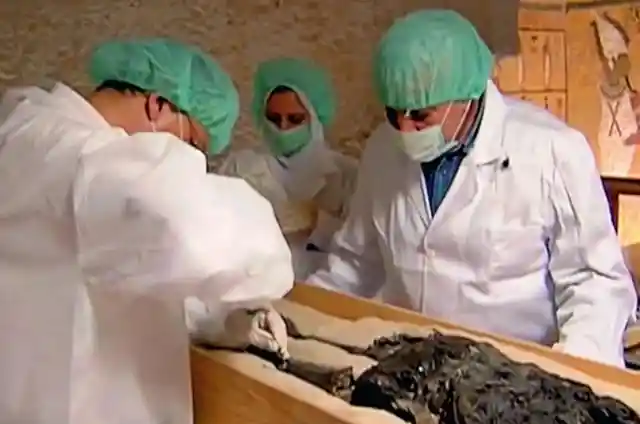
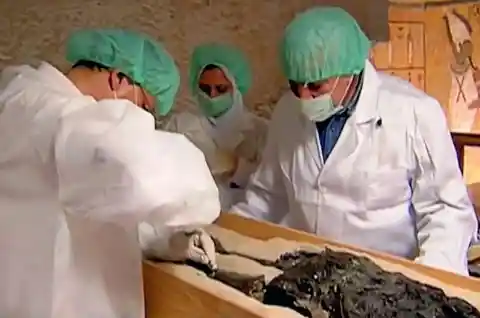
As the former Minster of Antiquities in Egypt, he knew the site very well. It was an amazing place, indeed. However, it pained him that there was an equally valuable site not that far away that didn’t always land on tourist itineraries.
Burial Site
Sakkara was the burial site for the ancient capital of Memphis.
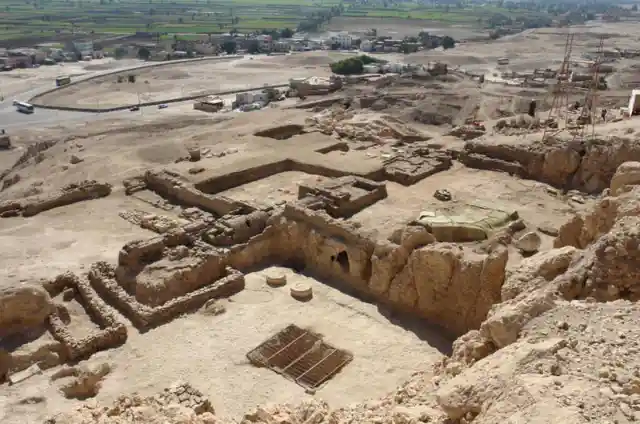
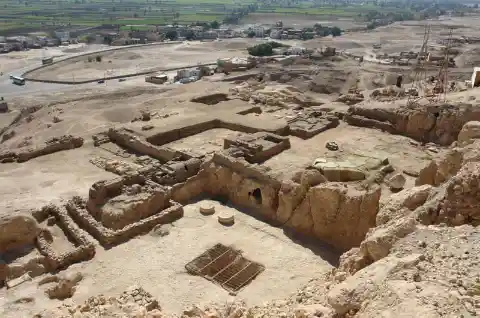
Within the sprawling, scorching area, rested the Step Pyramid of Djoser, a marvel of ancient construction – which would later be the inspiration for the Pyramids of Giza. But it also had another element which would make any archaeologist salivate.
City Of The Dead
All someone had to do was whisper the word “necropolis” and everyone with a shovel or brush would come running – eyes filled with unbridled excitement and curiosity.
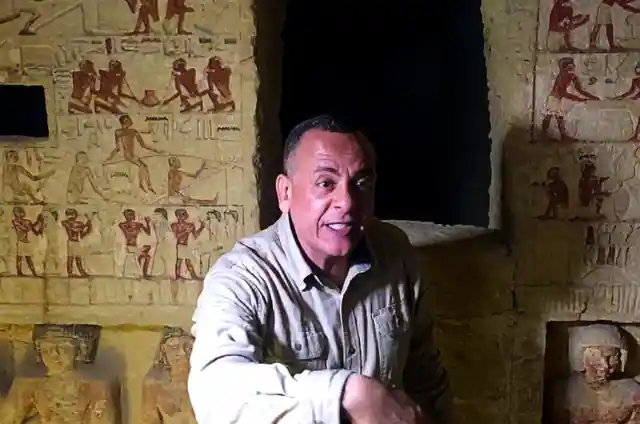
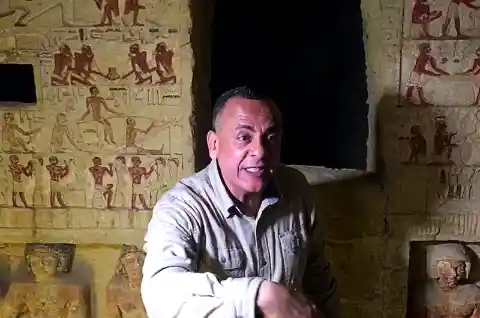
Zahi and his team knew that anywhere he walked, there was rich history just meters below. One such cache was about to be unearthed.
Move Slowly
Zahi wiped away another stream of sweat while slowly and methodically removing the irritating sand and debris that blocked him from untold discoveries.
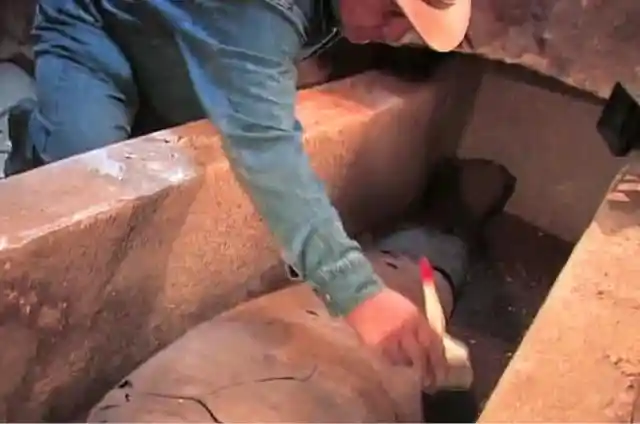
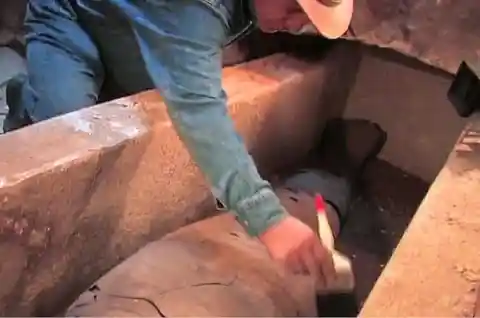
During the first Dynasty, Sakkara didn’t house kings – at least at first it didn’t. But one pharaoh changed that.
Upper Classes
During the First Dynasty, it was where the wealthy and other upper classes of Egypt were buried.
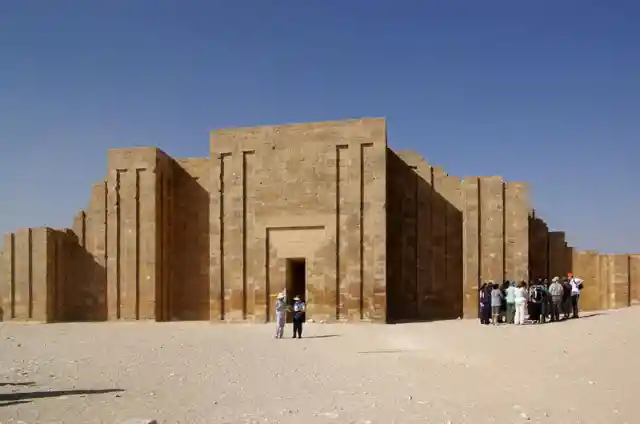
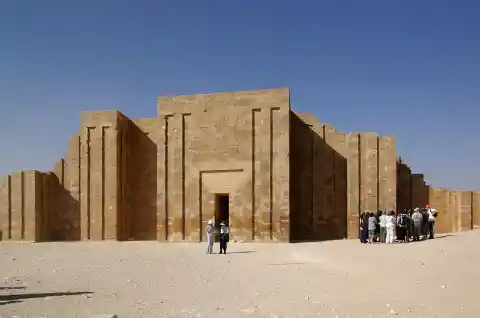
But it shifted to the prime location for kings after Khasekhemwy had a funeral monument erected. “Living Gods” passed through to the afterlife through the very sands Zahi was working through. And that’s what he hoped to find.
Deep Underground
As Zahi traversed the long, winding corridor that took him 8 meters underground, he welcomed the change in temperature.
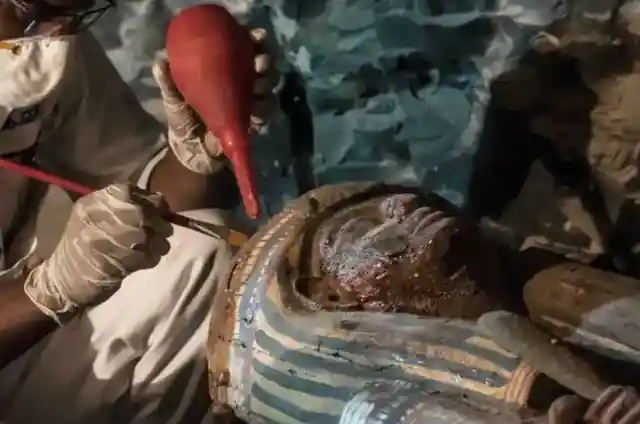
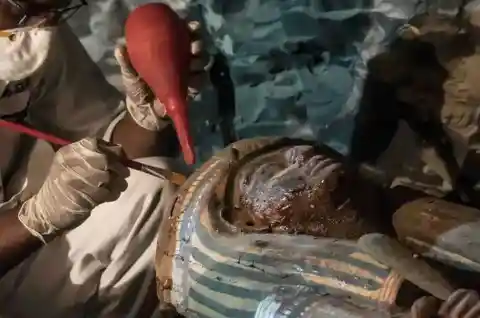
The space was cramped and lit by harsh flood lights, but no one cared. This spot was so promising, they could practically taste victory. When one loose stone fell away, they all held their breath.
First View
With slow determination and the combined experience of decades of digging, they expertly made a hole big enough to properly see-through.
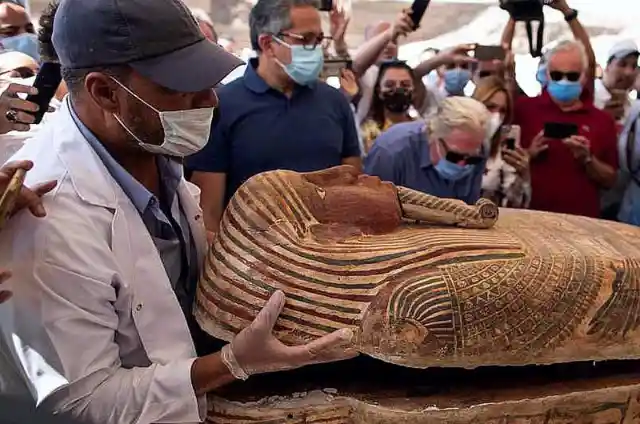
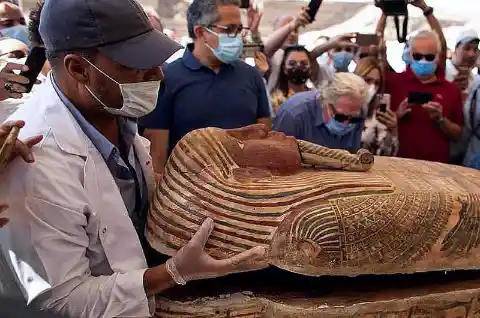
The honor of the first view landed on Zahi. He felt like a kid on Christmas. The first hint was the familiar smell.
Treasures Galore
It wasn’t death – it was age. It mixed with the faintest scent of ancient fabric and resins.
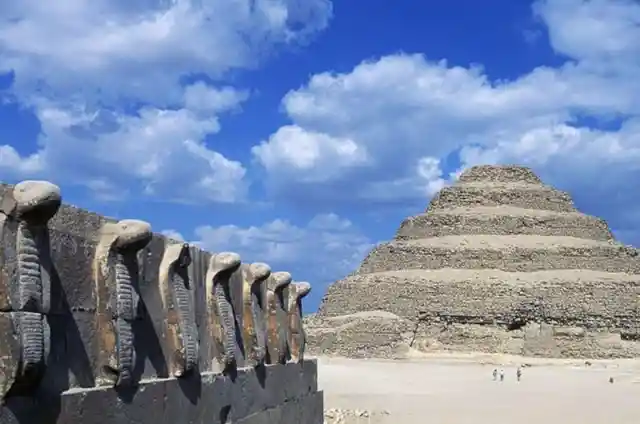
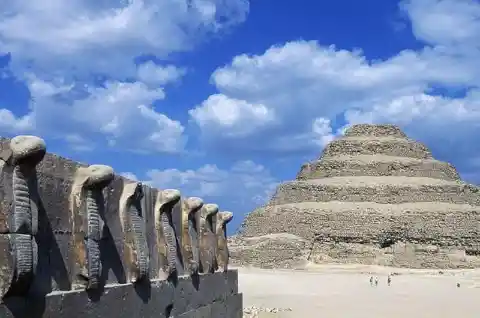
His light landed on something that made his heart stop. He was hoping for a mummy. But low and behold, there were four! And that wasn’t all. The room was scattered with other treasures.
What's Inside?
Every part of them wanted to rush in and explore, but their code of ethics and professionalism held them in place ... barely.
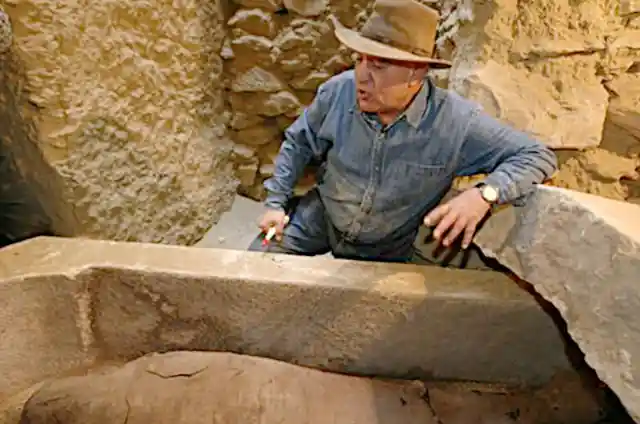
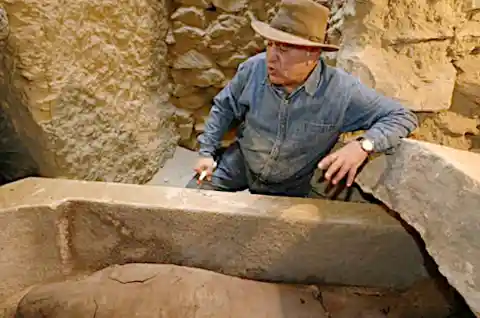
It would take weeks, months even. But just a cursory glance told him they had found something monumental. What did the final discovery contain?
Wealthy Goldsmith
The principal occupant was a goldsmith named Amenemhat from the 18th Dynasty, the time of Tutankhamun, Nefertiti and Hatshepsut.
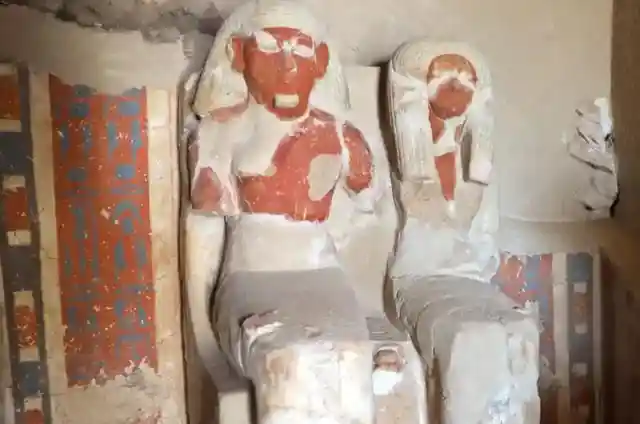
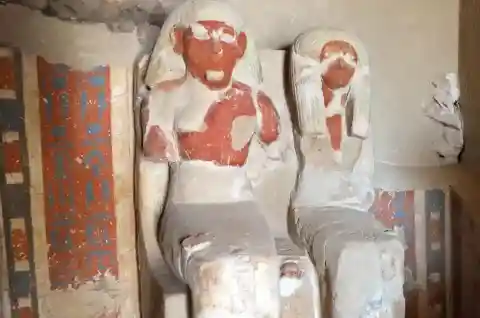
This explained why there was so much “waiting for him in the after life.” There were funerary artefacts, including 150 ushabti statues (intended to be spirit servants), four wooden sarcophagi, and endless gold jewelry. But it was the funerary cones that made their eyes sparkle.
Stone Cones
To anyone else, they looked like etched, stone cones.
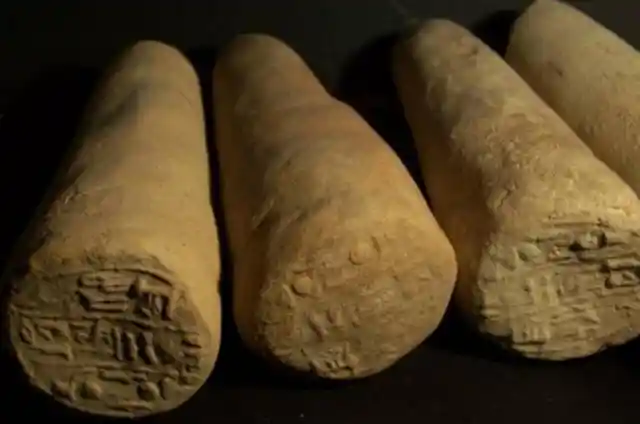
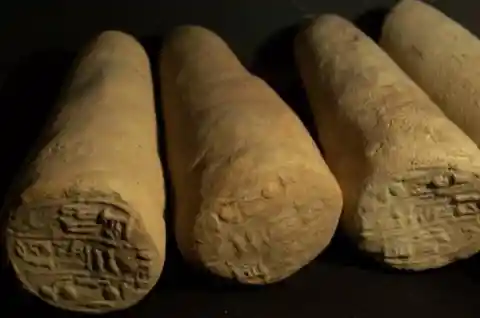
But to the trained eye, they were a sort of funeral inventory or ancient label. Of the 50 funerary cones that lay scattered around them, 40 belong to four other officials from the period whose bodies weren’t with the goldsmith. How was this possible?
Web Of Tombs
Places like these were a complex collection of tunnels and rooms – some tiny, some enormously grand, depending on status and wealth.
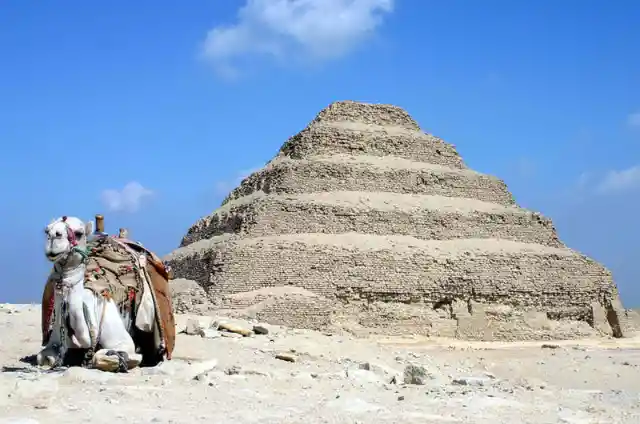
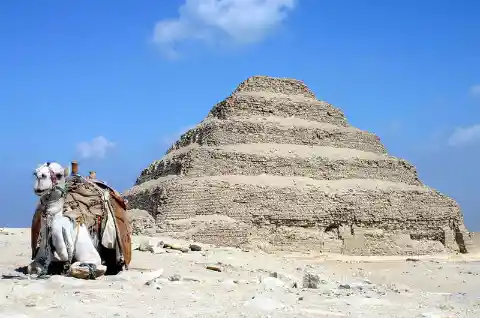
Tombs were crafted, forgotten or lost, and then reused, or even added onto, as the ancient sands pulled and pushed their way through time.
More To Come
If they kept digging, it wouldn’t be long until at least four more tombs were discovered!
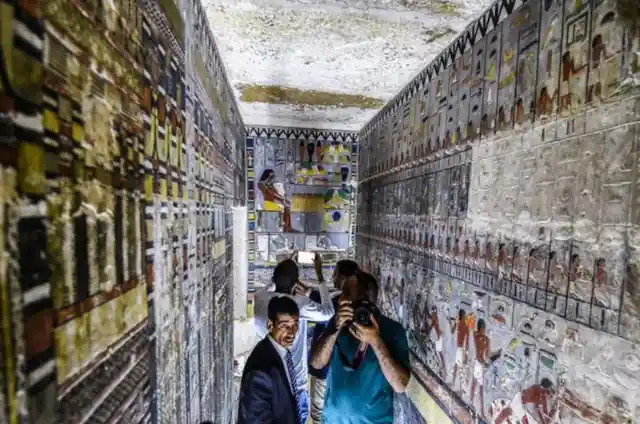
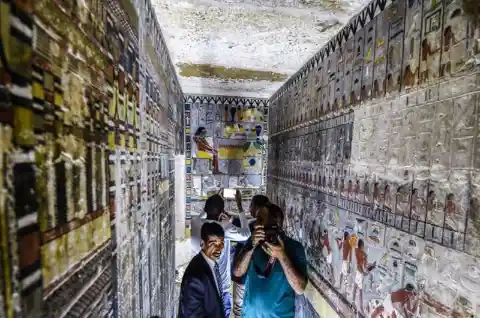
Zahi wanted to shed tears of joy. Every time he found something new, it was a rush of adrenaline and awe like when he first started archaeology. Without a doubt, he was living the archaeologist’s dream.